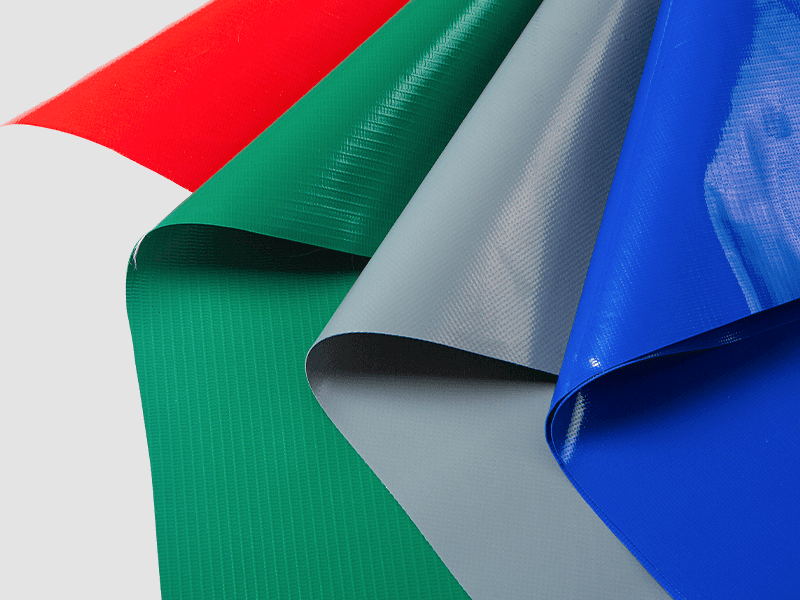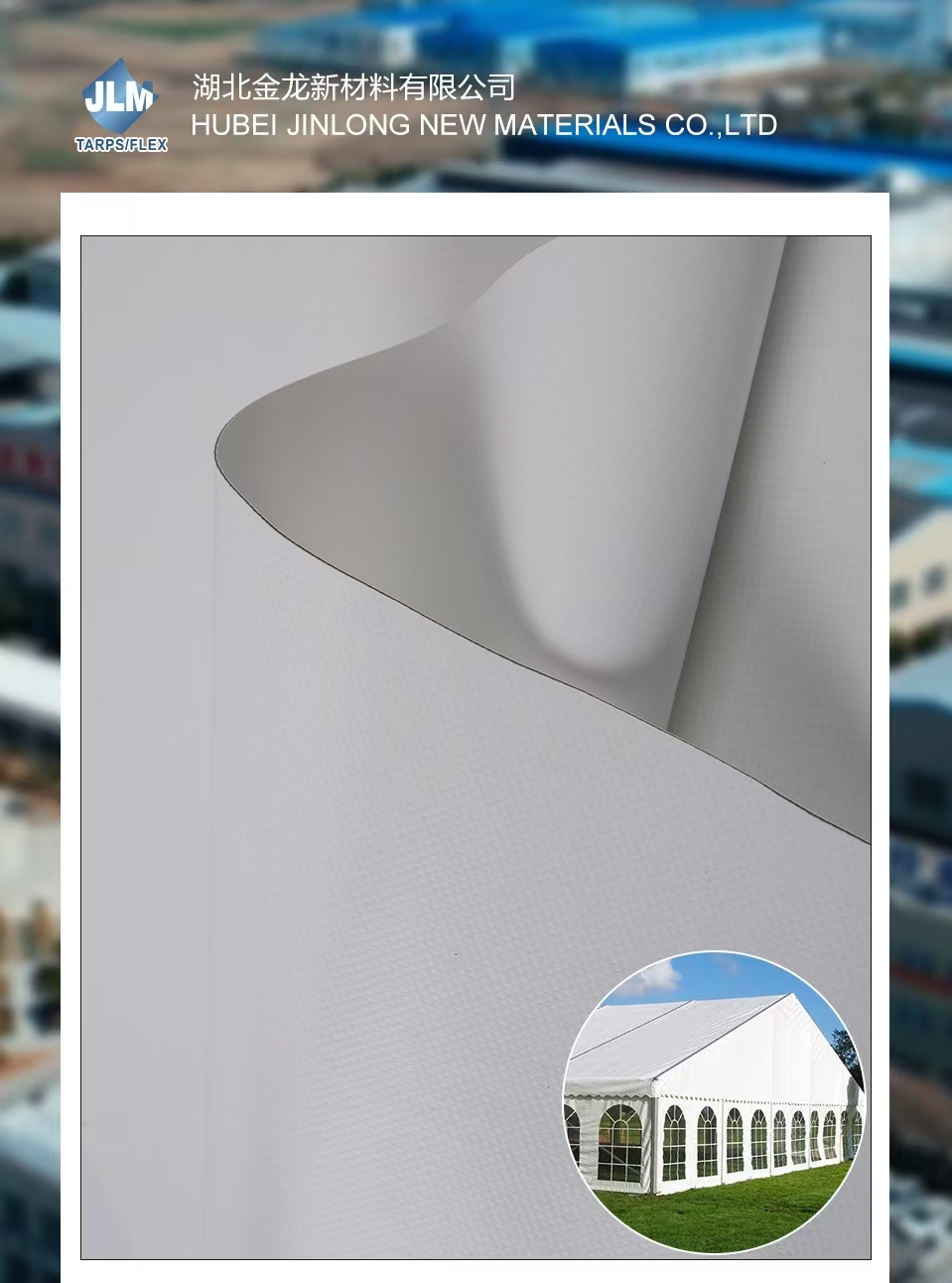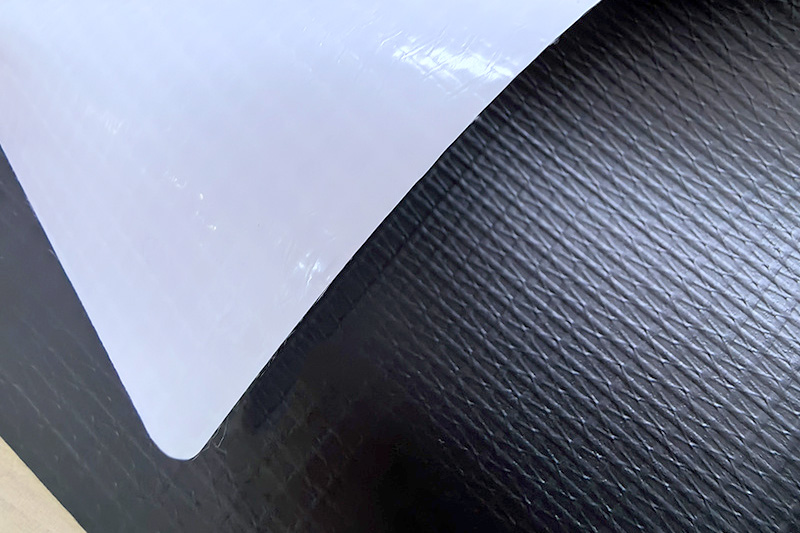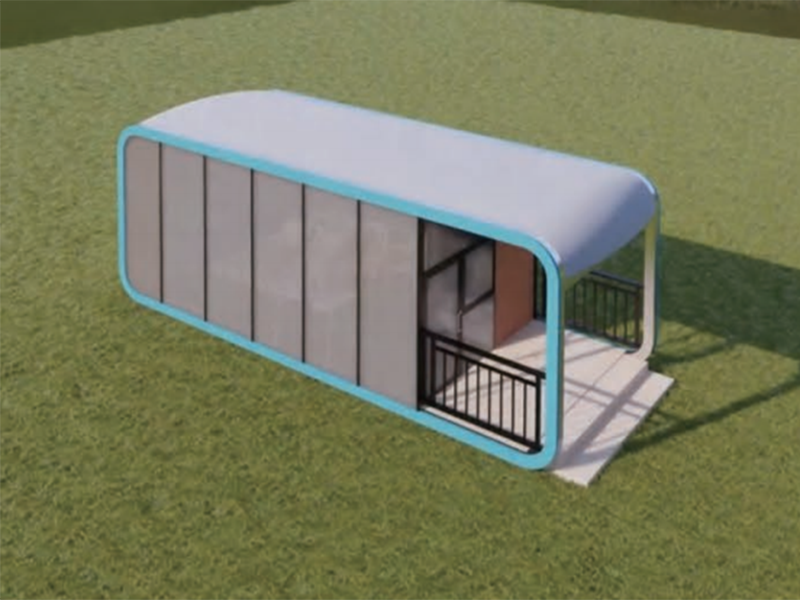PVC tarpaulin is a popular and versatile material used across a wide range of industries, from agriculture and transportation to construction and outdoor events. Known for its strength, flexibility, and waterproof qualities, one of the most frequently asked questions about this material is: How long does PVC tarpaulin last? The answer depends on several factors, including the quality of the material, environmental conditions, frequency of use, and how well it is maintained.
1. Average Lifespan of PVC Tarpaulin
In general, high-quality PVC tarpaulin can last anywhere from 5 to 15 years. Some industrial-grade PVC tarpaulins, when used under ideal conditions and properly maintained, can even exceed 15 years of service. Lower-grade or thinner tarpaulins, on the other hand, might only last 2 to 4 years, especially under intense usage or harsh environmental exposure.
The wide range in lifespan comes down to differences in thickness, fabric coating, UV protection, and reinforcement. For instance, a 1000D 20x20 PVC tarpaulin used for truck covers is far more durable than a lighter 500D tarp used for temporary event tents.
2. Factors Affecting the Lifespan of PVC Tarpaulin
Several factors can influence how long a PVC tarpaulin lasts:
a. Material Thickness and Quality
PVC tarpaulin is available in various thicknesses and weights, typically measured in GSM (grams per square meter) or denier strength. A heavier, more tightly woven base fabric generally results in a longer-lasting product. High-density tarpaulin can better resist tearing, stretching, and general wear and tear.
b. UV Resistance
UV rays from sunlight can degrade PVC over time. UV-resistant tarpaulins are specially treated to withstand prolonged exposure to sunlight. If a PVC tarp is not UV stabilized, it may become brittle, crack, or fade in just a couple of years of sun exposure.
c. Weather Conditions
Environmental exposure plays a major role. Tarpaulins used in extreme climates (intense sunlight, snow, freezing rain, strong winds) tend to deteriorate faster. In contrast, those used in mild weather conditions and under cover can last significantly longer.
d. Frequency and Type of Use
A PVC tarp that is constantly moved, folded, or subjected to mechanical stress will wear out quicker than one that remains stationary. For example, a tarpaulin used daily as a truck cover or construction scaffold may only last 3–6 years, whereas a less frequently used event tent canopy might last 10 years or more.
e. Maintenance and Storage
Proper maintenance greatly extends the lifespan. This includes cleaning the tarp regularly, drying it thoroughly before storage, folding it carefully, and storing it in a cool, dry place away from direct sunlight and sharp objects. Poor storage habits, such as leaving a tarp wet or exposed to rodents, can severely reduce its useful life.
3. Signs That a PVC Tarpaulin Needs Replacement
To ensure safety and performance, users should regularly inspect their tarpaulin. Signs that indicate it may need replacing include:
Cracks or brittleness in the PVC coating
Fading color or chalky texture (indicating UV degradation)
Tears, punctures, or holes that compromise waterproofing
Mold, mildew, or foul odors from improper storage
Weak or damaged eyelets and seams
While minor issues like small tears can sometimes be patched, a tarp showing widespread wear should be replaced to avoid sudden failures.
4. Comparing PVC Tarpaulin to Other Materials
PVC tarpaulin is often compared to PE (polyethylene) tarpaulin, canvas, or vinyl-coated fabrics. Here’s how it stacks up:
PVC vs PE Tarpaulin: PE is lighter and cheaper, but not as durable. PE tarps usually last 1–3 years, while PVC can last 5–15 years.
PVC vs Canvas: Canvas is breathable and often used for camping, but it is not fully waterproof and tends to rot if not treated. PVC, being synthetic, is waterproof and rot-resistant.
PVC vs Vinyl-Coated Fabric: Vinyl-coated tarps are a type of PVC tarp with enhanced durability, used in industrial settings. These can last up to 20 years with proper care.
5. Extending the Life of Your PVC Tarpaulin
To get the most out of your PVC tarp, consider these tips:
Use Reinforcements: Place padding under corners or tie-down points to reduce wear from tension or abrasion.
Proper Installation: Avoid over-tightening or improper tension, which can cause stress and premature tearing.
Clean Regularly: Use mild soap and water to remove dirt and pollutants that could break down the coating.
Avoid Sharp Edges: When covering items, make sure there are no sharp protrusions underneath the tarp.
Dry Before Storage: Always store your tarp dry to prevent mildew and coating breakdown.
The lifespan of a PVC tarpaulin is determined by a mix of product quality and user care. While high-quality PVC tarps can last well over a decade, neglect or misuse can cut that lifespan short. By choosing the right tarp for the job and taking care of it properly, users can ensure long-term performance and value.
Whether you're using it for truck covers, construction shelters, tents, or agricultural applications, PVC tarpaulin remains one of the most durable and reliable choices available—especially when longevity is a priority.



 English
English русский
русский Français
Français Español
Español




















